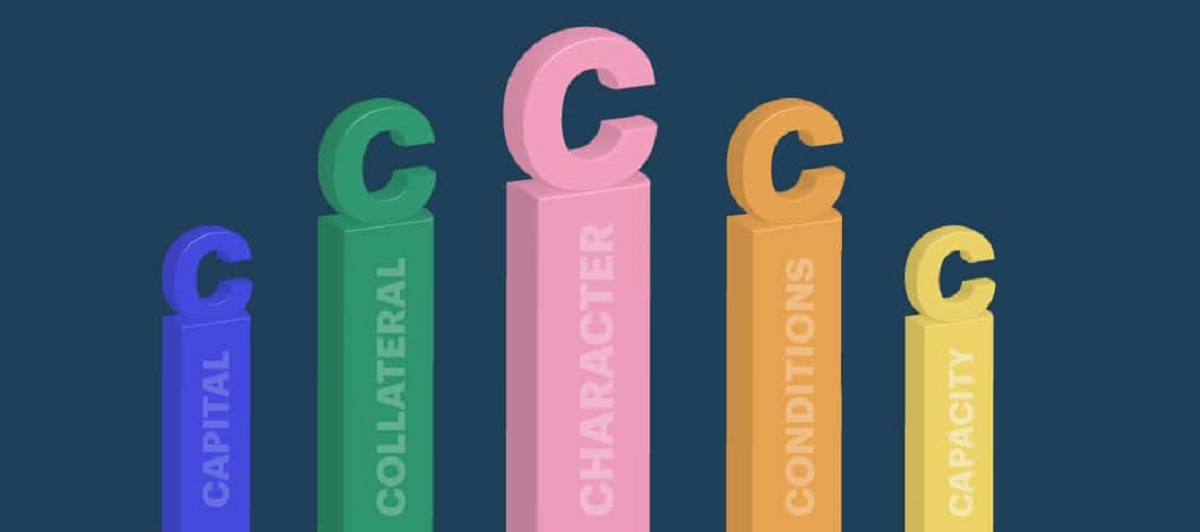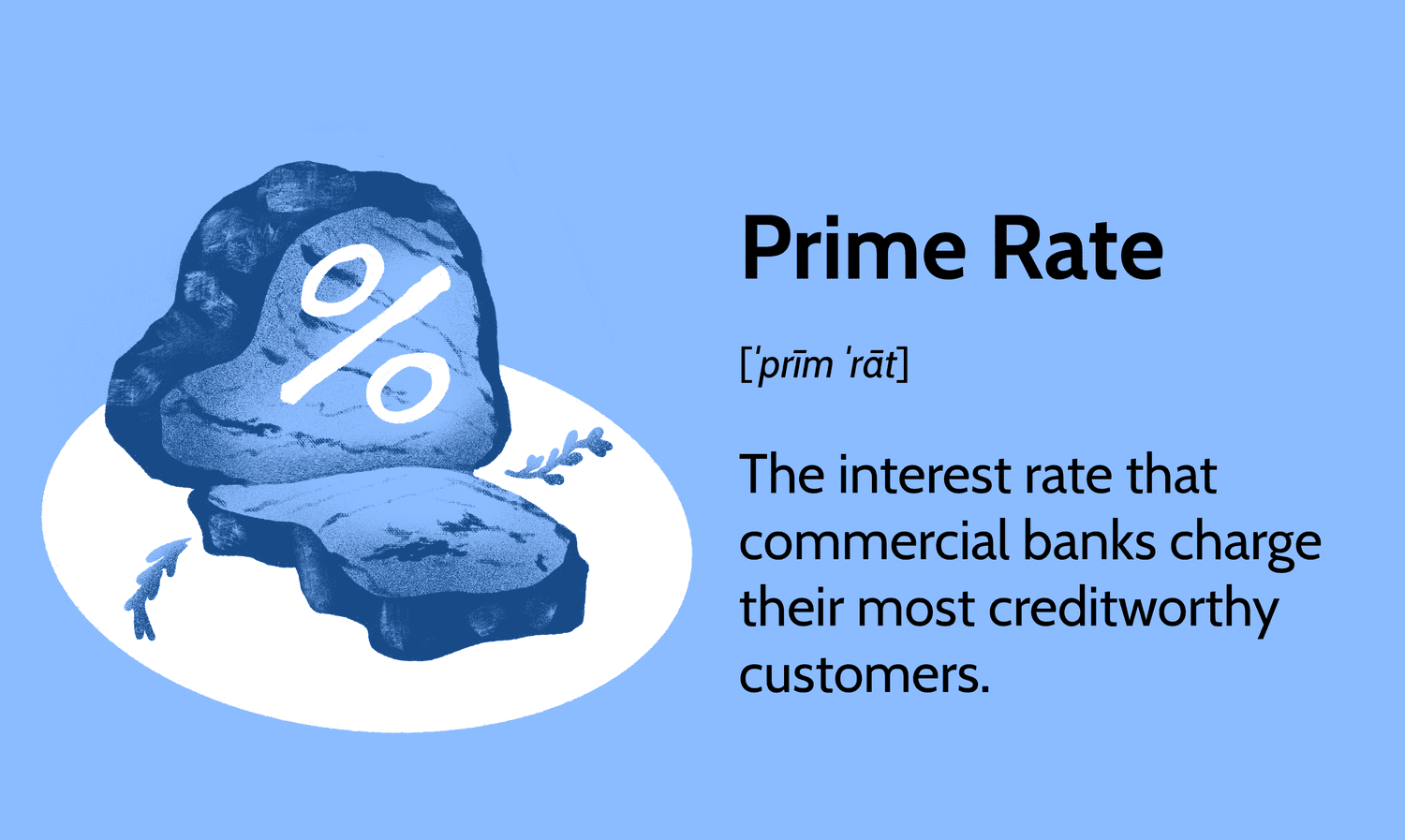Introduction
When it comes to lending, financial institutions have various factors to consider before approving a loan. One such set of factors is known as the 4 C’s of lending. The 4 C’s include credit score, capacity, collateral, and conditions. These factors play a crucial role in determining the borrower’s eligibility and the terms of the loan.
Financial institutions use the 4 C’s as a framework to assess the borrower’s creditworthiness, repayment capacity, and the level of risk associated with the loan. By evaluating these factors, lenders can make informed decisions about whether to approve a loan application and, if approved, the interest rate, loan amount, and repayment terms.
In this article, we will provide an overview of each of the 4 C’s of lending and highlight their significance in the lending process. Understanding these factors will not only help borrowers better comprehend the lending criteria but also enable them to improve their chances of securing favorable loan terms.
So, let’s dive into the 4 C’s of lending and explore their importance in the loan approval process.
Overview of the 4 C’s of Lending
The 4 C’s of lending are key factors that lenders analyze when considering loan applications. Let’s take a closer look at each of these factors:
- Credit Score: This is a numerical representation of an individual’s creditworthiness, based on their credit history. Lenders use credit scores to assess the borrower’s ability to manage debt and make timely repayments. A higher credit score indicates a lower credit risk, making it easier for the borrower to obtain favorable loan terms.
- Capacity: Capacity refers to the borrower’s ability to repay the loan. Lenders evaluate the borrower’s income, employment stability, and debt-to-income ratio to assess their capacity to handle additional debt obligations. A stable income and a low debt-to-income ratio demonstrate a higher capacity to repay the loan.
- Collateral: Collateral is an asset or property that the borrower pledges as security for the loan. In case of loan default, the lender can seize and sell the collateral to recover the outstanding debt. Collateral reduces the lender’s risk and can lead to more favorable loan terms, as it provides an additional layer of security.
- Conditions: Conditions encompass various external factors that may impact the borrower’s ability to repay the loan. These factors include economic conditions, industry trends, and the purpose of the loan. Lenders consider the conditions under which the borrower will operate and analyze potential risks associated with the loan.
By assessing these four factors, lenders can get a comprehensive understanding of the borrower’s creditworthiness, repaying capacity, and the level of risk involved. It allows them to make informed decisions regarding loan approval, interest rates, and terms.
Understanding the significance of the 4 C’s of lending is essential for borrowers. It enables them to prepare and present a strong loan application, showcasing their creditworthiness, financial stability, and willingness to repay the loan. Additionally, borrowers can take steps to improve their credit score, increase their capacity to repay, and offer suitable collateral to secure favorable loan terms.
Now that we have covered the overview of the 4 C’s of lending, let’s delve into the details of each factor and understand their role in the loan approval process.
Credit Score
Credit score plays a crucial role in the lending process. It is a numerical representation of an individual’s creditworthiness, based on their credit history. Lenders use credit scores to assess the borrower’s ability to manage debt and make timely repayments.
A higher credit score indicates a lower credit risk, making it easier for borrowers to secure loans at competitive interest rates. On the other hand, a lower credit score may result in higher interest rates or even loan rejection.
Several factors are taken into consideration when calculating a credit score, including payment history, amount owed, length of credit history, types of credit used, and new credit applications. Lenders typically rely on credit bureaus to provide credit scores, such as FICO (Fair Isaac Corporation) or VantageScore.
Borrowers can take steps to improve their credit score. This includes making payments on time, reducing outstanding debt, and avoiding excessive credit utilization. Regularly reviewing credit reports for errors and disputing inaccuracies can also help in maintaining an accurate credit score.
Having a good credit score not only increases the likelihood of loan approval but also opens up doors to better loan terms, such as lower interest rates and higher loan amounts. It is crucial for borrowers to be proactive in managing their credit score to enhance their borrowing potential.
Furthermore, understanding the importance of credit score allows borrowers to identify areas of improvement and take necessary actions to strengthen their creditworthiness. Regularly monitoring credit scores and working towards achieving an excellent credit score can significantly benefit borrowers in their financial endeavors.
In the next section, we will explore the second C of lending – capacity. It is equally vital for lenders to assess a borrower’s capacity to repay the loan to ensure responsible lending practices.
Capacity
The second C of lending is capacity, which refers to a borrower’s ability to repay the loan. Lenders evaluate various factors to assess a borrower’s capacity to handle additional debt obligations and make timely repayments.
One of the key factors considered is the borrower’s income. Lenders analyze the stability and consistency of the borrower’s income source. They typically assess the borrower’s income through pay stubs, tax returns, and employment verification. A higher income generally indicates a stronger capacity to repay the loan.
Another important factor is the borrower’s debt-to-income ratio (DTI). This ratio compares the borrower’s total monthly debt payments to their monthly income. Lenders prefer borrowers with a lower DTI as it indicates a lower risk of defaulting on loan payments.
Lenders also consider the borrower’s employment history and stability. A long history of employment with a steady income stream boosts the borrower’s credibility and capacity to repay the loan. On the other hand, frequent job changes or unemployment may raise concerns for lenders.
In addition to income and employment stability, lenders also assess the borrower’s existing financial obligations. This includes existing loan payments, credit card debt, and other recurring expenses. Lower levels of debt create more room in the borrower’s finances for loan repayment, indicating a higher capacity to take on additional debt.
Borrowers can improve their capacity by reducing existing debt and managing their finances wisely. This includes paying off outstanding debts, avoiding unnecessary expenses, and maintaining a healthy balance between income and expenses.
By evaluating a borrower’s capacity, lenders can ensure responsible lending practices. It allows them to assess whether the borrower has the financial means to handle the loan repayments without putting themselves at a significant risk. Understanding the importance of capacity helps borrowers to accurately assess their own financial situation and present a strong case to lenders.
Next, we will explore the third C of lending – collateral, which provides an additional layer of security for lenders.
Collateral
The third C of lending is collateral, which refers to an asset or property that the borrower pledges as security for the loan. Collateral provides additional protection and reduces the risk for lenders in case of default.
Lenders often require collateral for certain types of loans, such as mortgages or car loans. By accepting collateral, lenders have a tangible asset that they can seize and sell to recover the outstanding debt if the borrower fails to repay the loan.
The type of collateral accepted by lenders can vary depending on the loan type and lending institution. Common forms of collateral include real estate, vehicles, valuable assets like jewelry or artwork, or even cash deposits.
When evaluating collateral, lenders consider factors such as the value, marketability, and liquidity of the asset. The value of the collateral should be sufficient to cover the outstanding loan amount in case of default.
Collateral is especially important for borrowers with less favorable credit scores or limited credit history. By providing collateral, borrowers can secure loans that they might not otherwise qualify for or obtain more favorable loan terms, such as lower interest rates.
It’s worth noting that pledging collateral involves a certain level of risk for borrowers. Failure to repay the loan can result in the loss of the collateral asset. Therefore, borrowers should carefully consider the implications before putting up valuable assets as collateral.
For lenders, collateral provides an added layer of security and assurance. It mitigates the risk of lending to borrowers with higher credit risk and enhances the likelihood of loan approval.
Understanding the significance of collateral empowers borrowers to evaluate their options when seeking loans. It enables them to assess the value and feasibility of offering collateral and make informed decisions that align with their financial goals.
Next, we will discuss the fourth C of lending – conditions, which include external factors that lenders consider during the loan evaluation process.
Conditions
The fourth C of lending is conditions, which encompasses various external factors that lenders take into account when evaluating loan applications. These conditions provide insights into the borrower’s ability to repay the loan and the potential risks associated with the loan.
When assessing conditions, lenders consider economic factors, industry trends, and the purpose of the loan. They analyze how these factors might impact the borrower’s financial stability and ability to make timely loan repayments.
Economic conditions play a significant role in loan evaluations. Lenders assess the overall state of the economy, including factors such as GDP growth, inflation rates, and employment rates. A strong economy generally enhances the borrower’s ability to generate income and repay the loan, while a weak or unstable economy may raise concerns for lenders.
Industry trends are also crucial when evaluating loan conditions. Lenders examine the borrower’s industry and assess its stability, growth potential, and any potential risks associated with it. For example, if the borrower operates in an industry experiencing rapid technological advancements or market volatility, lenders may consider such conditions while determining the loan terms.
The purpose of the loan is another important consideration. Lenders carefully evaluate the intended use of the funds and how it aligns with the borrower’s financial goals. Borrowers who can demonstrate a clear and well-defined purpose for the loan are more likely to secure favorable loan terms.
Lenders may also consider other conditions such as local market factors, government regulations, and specific risks associated with the borrower’s circumstances. These conditions help lenders assess the potential risks involved in granting the loan and make necessary adjustments to mitigate those risks.
Understanding the significance of conditions allows borrowers to present a compelling case to lenders. Borrowers who can provide thorough information about the economic conditions, industry trends, and purpose of the loan can enhance their chances of loan approval and negotiate favorable loan terms.
On the other hand, lenders can gauge the risk levels and potential challenges associated with the loan through an evaluation of the conditions. It helps lenders make informed decisions and set appropriate interest rates and loan terms that align with the borrower’s circumstances.
Now that we have explored the four C’s of lending – credit score, capacity, collateral, and conditions – it is essential to recognize their collective significance in the loan approval process. By understanding these factors and proactively addressing them, borrowers can improve their chances of securing favorable loan terms and achieving their financial goals.
Importance of the 4 C’s in Lending
The 4 C’s of lending – credit score, capacity, collateral, and conditions – hold significant importance in the loan approval process for both borrowers and lenders. Let’s explore why these factors are crucial:
Credit Score: The credit score provides lenders with a snapshot of the borrower’s creditworthiness. It helps lenders assess the risk of lending to a particular individual. A higher credit score indicates responsible financial behavior and increases the borrower’s chances of securing loans at favorable interest rates.
Capacity: Evaluating the borrower’s capacity to repay the loan is essential to ensure responsible lending practices. By assessing income, employment stability, and debt-to-income ratio, lenders can determine whether borrowers have sufficient financial means to handle loan repayments.
Collateral: Collateral provides lenders with security in case of loan default. It reduces the lender’s risk by allowing them to seize and sell the pledged asset to recover the outstanding debt. Collateral is particularly important for borrowers with lower credit scores, as it can lead to more favorable loan terms.
Conditions: Considering external conditions helps lenders evaluate potential risks associated with the loan. Economic factors, industry trends, and the purpose of the loan contribute to lenders’ understanding of the borrower’s financial stability and the likelihood of loan repayment.
By analyzing these four factors, lenders can make informed decisions regarding loan approvals, interest rates, and loan terms. For borrowers, understanding the importance of the 4 C’s empowers them to improve their creditworthiness, enhance their capacity to repay, and make well-informed decisions when offering collateral or assessing loan conditions.
For lenders, the 4 C’s serve as a framework for responsible lending practices. They ensure that loans are granted to individuals who have the capability to repay, while mitigating risks through collateral and considering external conditions.
The 4 C’s also contribute to fair and transparent lending practices. They provide borrowers with clear criteria for loan approval, allowing them to better understand the lending process and work towards meeting the requirements set by lenders.
In summary, the 4 C’s of lending – credit score, capacity, collateral, and conditions – play a vital role in the loan approval process. They enable lenders to assess creditworthiness, repayment capacity, and risk levels, while empowering borrowers to improve their financial standing and secure favorable loan terms. Understanding the importance of these factors helps both borrowers and lenders make well-informed decisions and contribute to a healthy and responsible lending ecosystem.
Conclusion
The 4 C’s of lending – credit score, capacity, collateral, and conditions – are key factors that lenders consider when evaluating loan applications. Each of these factors plays a crucial role in determining the borrower’s eligibility and the terms of the loan.
A strong credit score demonstrates creditworthiness and increases the borrower’s chances of loan approval at competitive interest rates. Evaluating capacity ensures that borrowers have the financial means to handle loan repayments and reduces the risk of default. Collateral provides an additional layer of security for lenders and can lead to more favorable loan terms. Considering external conditions helps lenders assess potential risks associated with the loan and make informed decisions.
Understanding the importance of the 4 C’s is essential for both borrowers and lenders. Borrowers can proactively improve their creditworthiness, enhance their capacity to repay, offer suitable collateral, and present a compelling case to lenders. Lenders can assess credit risk, ensure responsible lending practices, and set appropriate interest rates and loan terms.
By considering the 4 C’s, both borrowers and lenders contribute to a healthy and responsible lending ecosystem. Borrowers can secure loans that align with their financial goals, while lenders can mitigate risks and ensure sustainable lending practices.
Overall, the 4 C’s of lending serve as a framework for assessing creditworthiness, repayment capacity, risk levels, and loan terms. By understanding and addressing these factors, borrowers and lenders can create mutually beneficial lending partnerships that support financial growth and stability.

























